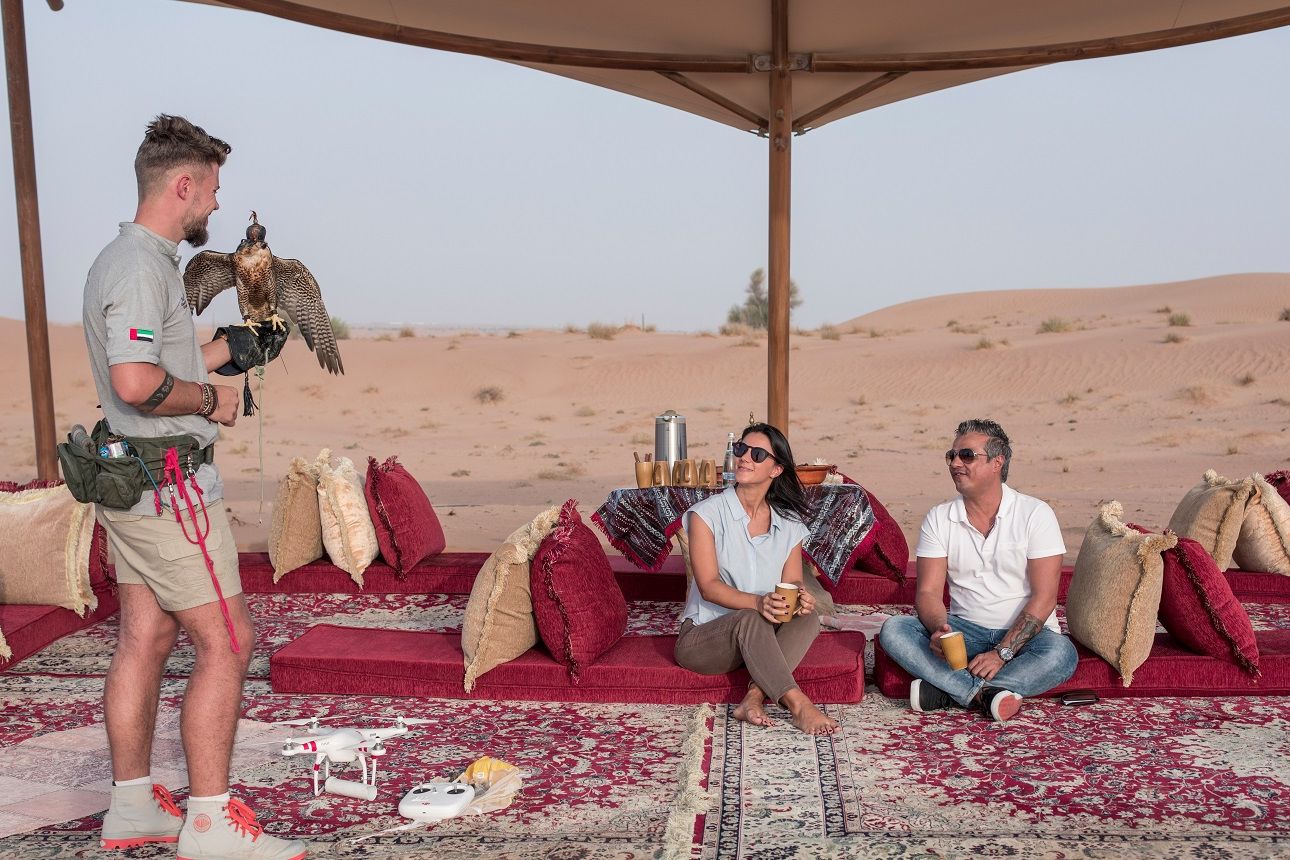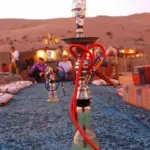The Bedouin culture, known for its rich history and profound traditions, offers a unique glimpse into the nomadic way of life. One of the most fascinating aspects of this culture is traditional Bedouin camp, which serves as a testament to the adaptability and resilience of the Bedouin people. This article explores Bedouin camp, highlighting its significance, structure, and the lifestyle it supports.
The Essence of Bedouin Culture
The Bedouin are a group of nomadic Arab tribes who have historically inhabited the desert regions of North Africa, the Arabian Peninsula, and the Middle East. Their way of life deeply intertwines with the harsh environment they call home, making the traditional Bedouin camp central to their existence.
Structure and Layout of a Traditional Bedouin Camp
A Bedouin camp typically serves as a temporary settlement that the tribe can easily dismantle and relocate as they move in search of water and grazing land for their livestock. The main structure in a Bedouin camp is the Bedouin tent, also known as the “beit al-sha’ar” or “house of hair,” due to its construction from woven goat hair.
The tents are usually rectangular and divided into sections for different purposes. The men’s section, or “majlis”, is where guests are received and entertained, while the women’s section, or “harim”, is used for cooking, child-rearing, and other domestic activities. The tent walls can be rolled up to allow ventilation or lowered for privacy and protection against the elements.
Daily Life in a Bedouin Camp
Life in a traditional Bedouin camp revolves around survival in the desert. Water is a precious resource, and much of the daily routine is centered around ensuring a sufficient supply. Livestock, particularly camels and goats, play a crucial role in Bedouin life, providing food, transportation, and materials for clothing and tents.
Meals in a Bedouin camp are simple but hearty, often consisting of flatbread baked on open flames, dates, and meat when available.
Social Structure and Traditions
The social structure within a traditional Bedouin camp is hierarchical, with the tribal leader, or “sheikh”, at the top. The sheikh is responsible for making decisions on behalf of the tribe and mediating disputes. Family ties are extremely important, and the extended family lives together within the camp.
Traditional Bedouin camps are also the setting for various cultural traditions, including storytelling, poetry, and music. These activities serve not only as entertainment but also as a means of preserving the tribe’s history and values.
Modern Influences and Changes
While many Bedouins have transitioned to a more settled lifestyle. The modernity and urbanization, the traditional Bedouin camp still holds cultural significance. Some Bedouin tribes have adapted to the changing times by incorporating modern amenities into their camps.
Preserving Traditional Bedouin Camp Heritage
People are making efforts to preserve the Bedouin heritage and traditional way of life.
A Glimpse into Nomadic Heritage
The Bedouin camp, serves as a mobile home that reflects the tribe’s adaptability to harsh desert environments. These camps, characterized by their iconic goat hair tents, are designed for easy dismantling and relocation. The layout typically includes distinct areas for men and women, supporting various social and domestic activities. Despite modern influences, traditional Bedouin camps remain a testament to a resilient way of life, preserving cultural.
Conclusion
The traditional Bedouin camp is more than just a temporary shelter; it is a living representation of a way of life.Despite the challenges posed by modernity, the essence of Bedouin culture. Traditional Bedouin camp continues to be a symbol of adaptability, community, and heritage.
By understanding and appreciating the traditional Bedouin camp, we gain insight into the broader. Bedouin culture and the nomadic way of life that has shaped the history and identity of the Bedouin people.



